Make Perfect Scrambled Eggs Like Gordon Ramsay
Gordon Ramsay’s Perfect Scrambled Eggs
Make Perfect Scrambled Eggs Like Gordon Ramsay with this ultimate guide! Whether you’re a breakfast aficionado or just looking to upgrade your morning routine, mastering the art of perfectly scrambled eggs is a culinary skill that’s worth its weight in gold.
Get ready to learn the secrets behind achieving those fluffy, restaurant-quality eggs right in your own kitchen. No need for fancy ingredients or complicated techniques – just good old-fashioned know-how and a little bit of practice.
To achieve the best scrambled eggs with an extra creamy texture, it’s crucial to pay close attention to the cooking process. Gordon Ramsay’s recipe secret lies not only in his choice of fresh eggs but also in his meticulous approach to cooking. By gently stirring the eggs over low heat and constantly folding them, you can elevate your cooking process to create the silkiest, most luxurious scrambled eggs you’ve ever tasted.
What Makes Gordon Ramsay’s Scrambled Eggs Special?
Gordon Ramsay’s Scrambled Eggs recipe is renowned for its exceptional creaminess and velvety texture, and it’s all thanks to his meticulous cooking process.
Ramsay’s secret begins with the use of fresh, high-quality eggs, but what truly sets his scrambled eggs apart is his unique technique. He opts for a low-to-medium heat setting and advises using a rubber spatula for constant stirring during the cooking process. This slow and deliberate approach ensures that the eggs remain soft and custard-like throughout, resulting in a flavor and consistency that’s simply unparalleled.
The combination of these specific details along with his emphasis on simplicity, is what makes his scrambled eggs a favorite among breakfast enthusiasts worldwide.
Fresh and Simple Ingredients
The eggs provide the main body of the dish, while the butter prevents sticking and adds flavor. Salt and pepper season the eggs, and other optional ingredients can be added for customization.
1. Eggs: Eggs are the star of the show, providing the protein and richness that forms the base of the dish. Fresh free-range eggs are recommended for the best flavor and texture.
2. Butter: A small amount of unsalted butter is used to grease the bottom of the pan and prevent the eggs from sticking. It also adds a rich, buttery flavor to the dish.
3. Salt and Pepper: These seasonings enhance the overall flavor of the eggs. Salt adds a savory element, while freshly ground black pepper provides a hint of spiciness.
4. Optional Ingredients: While not always included in the classic recipe, you can customize your scrambled eggs with optional ingredients such as fresh herbs, snipped chives, sour cream, or a little bit of creme fraiche. These additions can add extra flavor and texture to your eggs according to your preferences.
5. Silicone Spatula: Although not an ingredient, a silicone (or rubber) spatula is an essential tool. It plays a crucial role in the cooking process by allowing you to gently stir and fold the eggs as they cook, ensuring they remain soft and creamy.
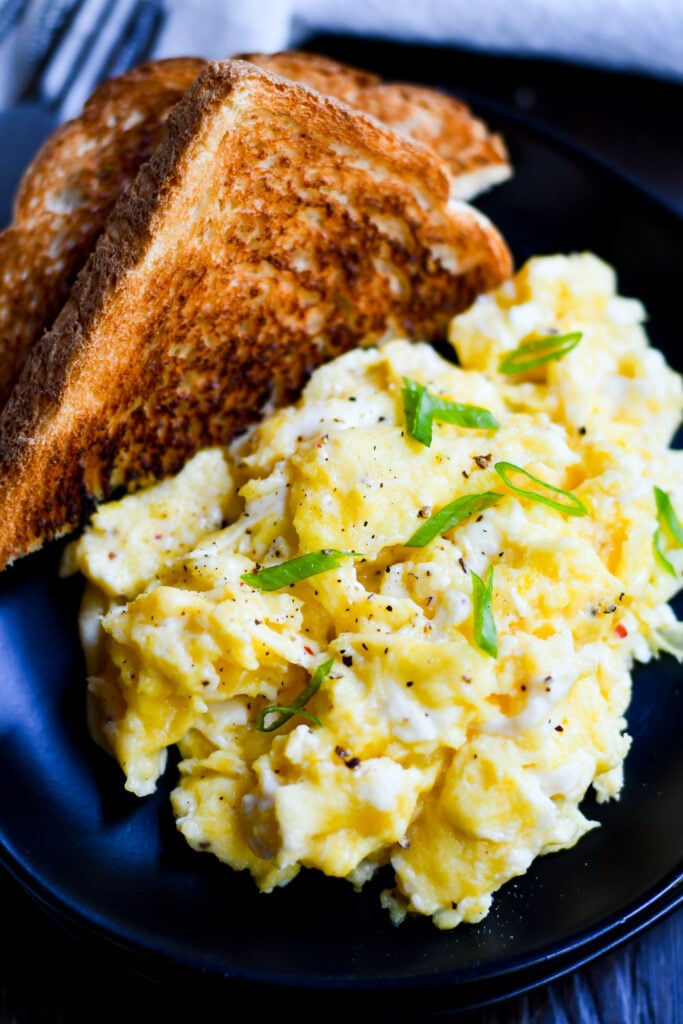
Common Mistakes to Avoid
Scrambling eggs may seem simple, but common mistakes can lead to less-than-desirable results. Here’s a troubleshooting guide to help you avoid these pitfalls and achieve perfect scrambled eggs:
1. Overcooking: One of the most common mistakes is overcooking the eggs, which can result in dry, rubbery eggs. To avoid this, cook your eggs over low to medium-low heat and remove them from the heat just before they are fully set. The residual heat will continue to cook them.
2. High Heat: Cooking eggs over high heat can cause them to cook too quickly and become tough. Opt for medium-low heat to ensure even and gentle cooking.
3. Not Enough Fat: Eggs need a bit of fat to become creamy and flavorful.Use a generous amount of butter or oil when greasing the pan. A small amount goes a long way.
4. Not Seasoning: Eggs can taste bland without seasoning. Be sure to add a pinch of salt and freshly ground black pepper to enhance their flavor.
5. Overmixing: Overmixing the eggs in the pan can lead to a dry and crumbly texture. Stir the eggs gently with a rubber spatula and let them form curds naturally.
6. Using Old Eggs: Fresh eggs yield the best flavor and texture. Check the expiration date and choose the freshest eggs available.
7. Adding Too Much Liquid: While some recipes call for a splash of milk or cream, adding too much liquid can make the eggs watery. Use a minimal amount or skip this step altogether for creamier eggs.
8. Neglecting to Preheat the Pan: Start with a preheated pan to ensure even cooking and prevent sticking.
9. Not Stirring Constantly: For the creamiest results, stir the eggs constantly but gently with a rubber spatula. This prevents them from sticking to the pan and ensures even cooking.
10. Overcrowding the Pan: If you’re making a large batch of scrambled eggs, avoid overcrowding the pan. Cook them in smaller batches maintain even heat distribution.
By avoiding these common mistakes and following best practices, you can master the art of making perfect eggs every time.
If you love this recipe, definitely be sure to check out our breakdown of Gordon Ramsay’s Perfectly Poached Eggs!

Gordon Ramsay's Perfect Scrambled Eggs
Unlock the secrets to Gordon Ramsay's perfect scrambled eggs with this foolproof recipe and step-by-step guide.
Ingredients
- 3 eggs
- 1 Tbsp butter
- pinch of pepper
- pinch of salt
- 1/2 Tbsp creme fraiche (substitute heavy cream or sour cream)
Instructions
- Turn stovetop on to medium/high heat
- Crack open 3 eggs into cold pan and add butter
- Place cold pan over heat and continuously stir. Once eggs slightly solidify, remove from heat for 30 seconds continuously stirring
- Return to heat for 30 seconds continuously stirring, remove from heat for 30 seconds (still stirring), and repeat process until eggs have mostly solidified
- Remove from heat for the last time and add creme friache, combine, and finish by seasoning with salt and pepper
Nutrition Information:
Yield: 1 Serving Size: 1Amount Per Serving: Calories: 345Total Fat: 29gSaturated Fat: 14gTrans Fat: 1gUnsaturated Fat: 13gCholesterol: 598mgSodium: 448mgCarbohydrates: 1gFiber: 0gSugar: 1gProtein: 19g

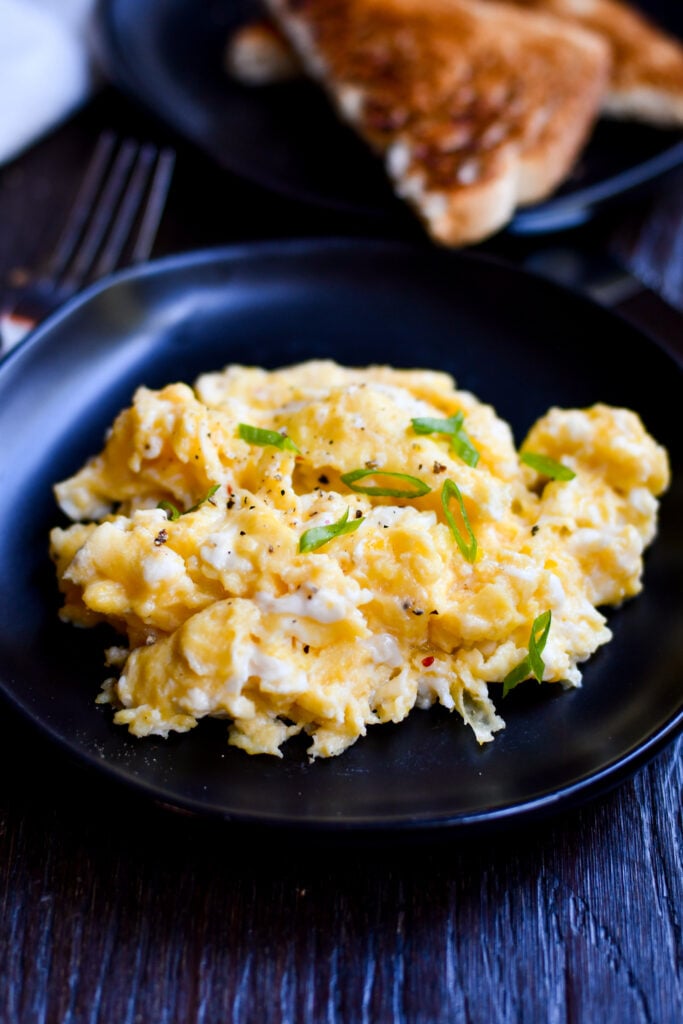
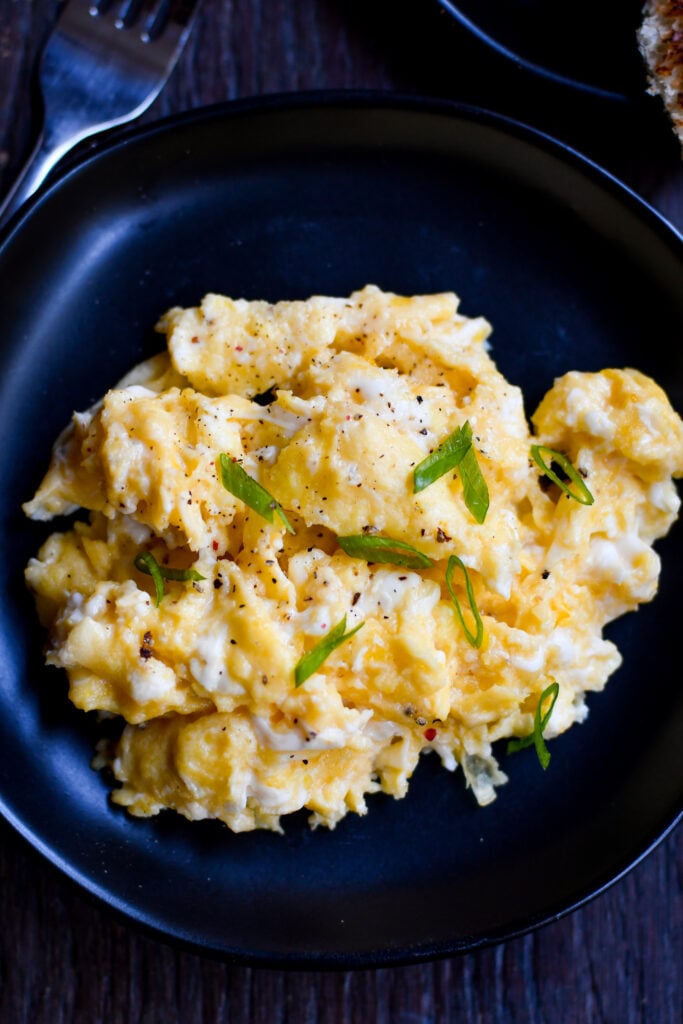

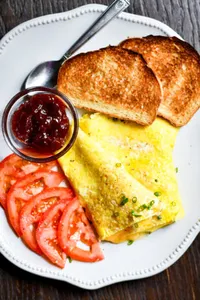
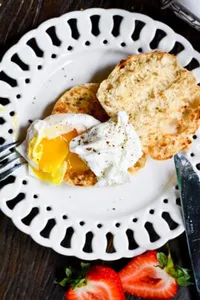




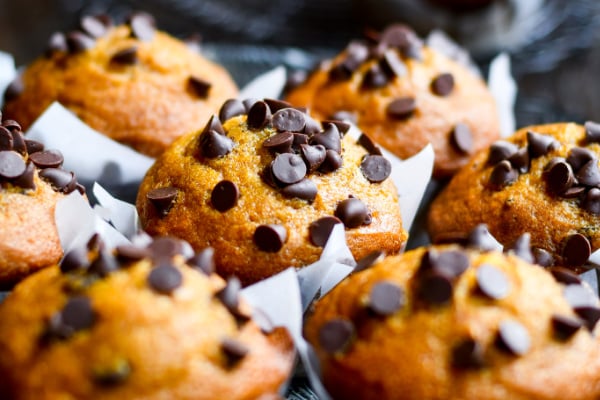

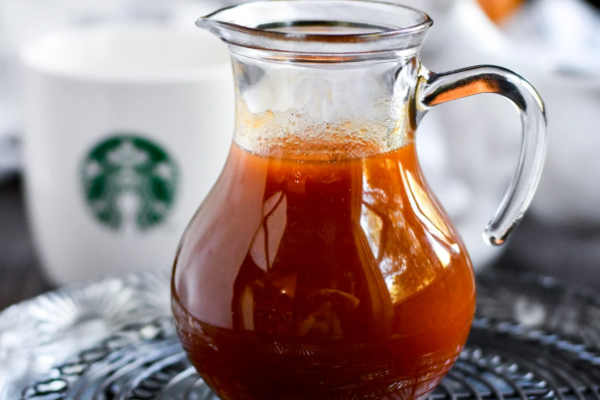

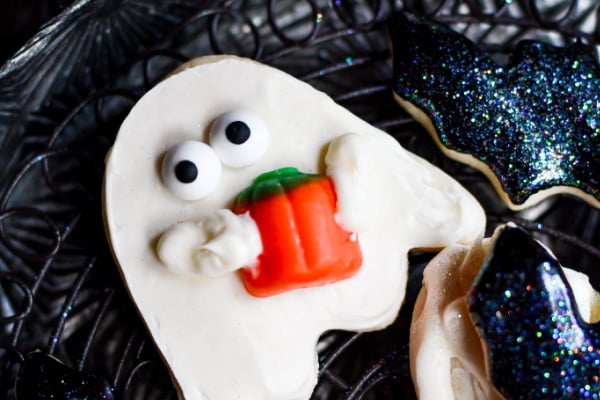
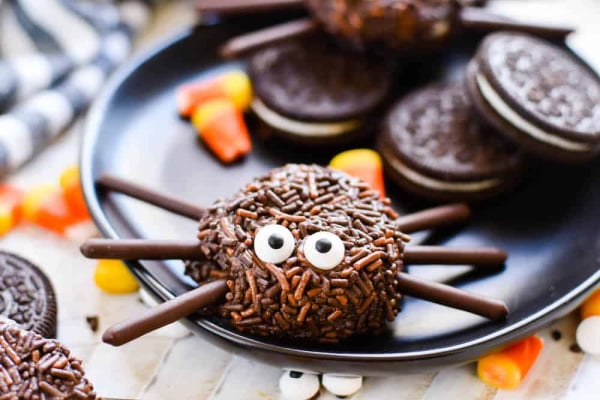

0 Comments on “Make Perfect Scrambled Eggs Like Gordon Ramsay”
You are so right. Gorden's eggs are the best. I was also watching Master Chef. I don't eat my scrambled eggs any other way.
No way this method we have used in Pakistan 🇵🇰 in my village for decades, we put pure clarified butter in light heat 🔥 on stove and add good 2/3 teaspoons off home made yogurt mixing continuously until mixture seems smooth and with out any lumps. Remove pan for few seconds while you crack open 3/4 eggs adding black pepper and salt, organic milk giving it a good whisk. While putting pan back on full heat when yogurt and pure organic butter has come to a slight boil add egg mixture countinsley stirring until cooked till desired taste. Place on a resting place draining plate off fluids left a few times before serving on a final plate. My phone number for any advice:07968292855
Sorry missed out step by not adding that you mix yogurt with pure organic butter
This has been the only way I've done eggs ever since I saw that episode. It makes for a great spread, and it's even better with avocado toast!